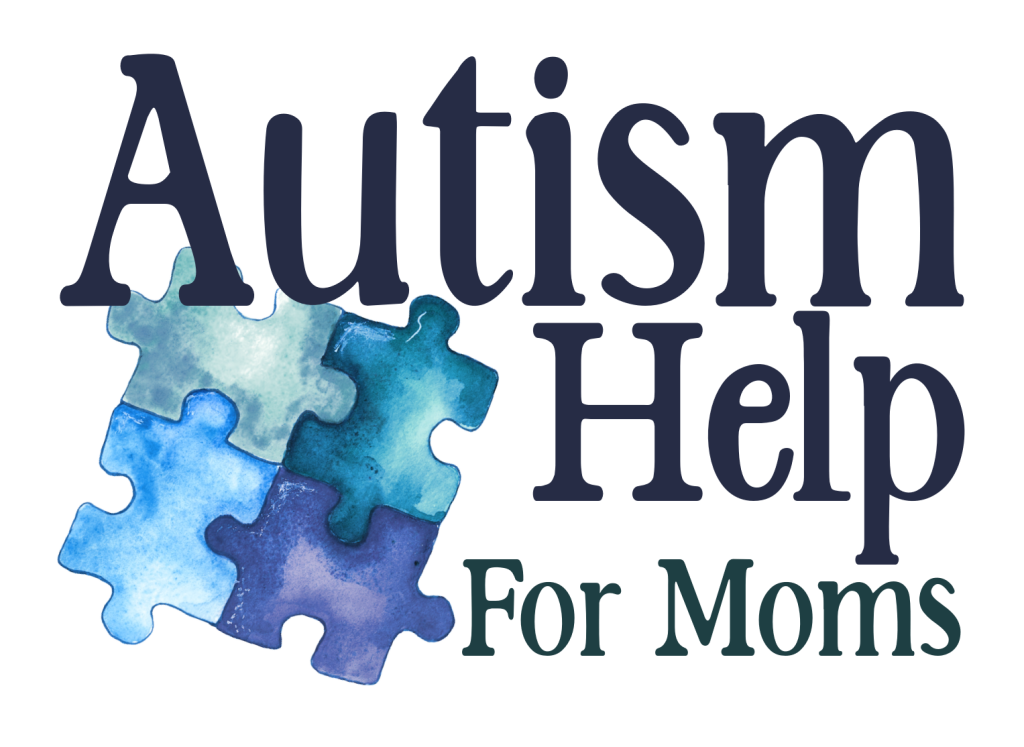As an Autism Mom, you’ve likely felt the weight of responsibility when it comes to your child’s Individualized Education Program (IEP). The IEP process is supposed to be a collaborative, supportive tool—but too often, it can leave parents feeling overwhelmed, unheard, or even dismissed.
You are your child’s fiercest advocate—and the truth is, no one knows them like you do.
That’s why it’s crucial to recognize some of the red flags that can show up during IEP meetings or in your child’s educational support. Spotting these warning signs early can help you intervene, ask the right questions, and ensure your child gets the services and support they deserve.
Here are 5 IEP Red Flags Every Autism Mom Should Know—plus, how you can advocate for change when you see them.
Red Flag #1: Vague Goals or No Clear Progress Tracking
Have you ever read an IEP goal that sounded like this:
“Johnny will improve his social skills.”
It sounds nice, but what does that actually mean?
Why It’s a Red Flag:
IEP goals should be SMART: Specific, Measurable, Achievable, Relevant, and Time-bound. If your child’s goals are vague, there’s no clear way to measure progress—or hold the school accountable.
What to Do:
- Ask the team: “How will we know when this goal is achieved?”
- Request data-based benchmarks or examples.
- Insist that goals be tied to observable actions and include how and when data will be collected.
For example, a better goal might read:
“Johnny will initiate peer interactions during recess using a prompted script in 4 out of 5 opportunities by the end of the quarter.”
Red Flag #2: Services That Don’t Match Your Child’s Needs
Sometimes, a child’s diagnosis or challenges are clearly documented, yet the services provided seem inadequate—or completely unrelated.
Why It’s a Red Flag:
IEPs must be individualized. If your child struggles with sensory processing or severe meltdowns and the plan only offers 15 minutes of social skills once a week, something is off.
What to Do:
- Bring documentation of your child’s needs (doctor’s notes, private assessments, behavior logs).
- Say: “This service doesn’t seem to align with the areas of concern we’ve discussed. Can we talk about supports that better address [insert issue]?”
- Ask for evidence-based interventions and supports tailored to Autism (e.g., behavior intervention plans, sensory breaks, OT support).
Red Flag #3: “We Don’t Offer That Here” or Budget-Based Limitations
Have you ever asked for a service or support and been told, “We don’t offer that” or “It’s not in the budget”?
Why It’s a Red Flag:
Under the Individuals with Disabilities Education Act (IDEA), your child is legally entitled to a Free Appropriate Public Education (FAPE). That means the school must provide the services your child needs—not just what’s convenient or cheap.
What to Do:
- Remind the team that services must be based on student need, not school resources.
- Say: “I understand this may not be typical, but based on my child’s documented needs, what alternatives can we explore to meet their requirements?”
- You can also request Prior Written Notice (PWN)—a formal written explanation if the team refuses a request. This often prompts more thoughtful consideration.
Red Flag #4: You Feel Rushed, Dismissed, or Talked Over During Meetings
It is completely normal for you to walk into an IEP meeting feeling anxious. But if you leave feeling even more confused or defeated, that’s a problem!
Why It’s a Red Flag:
If the school team dominates the meeting, avoids your questions, or rushes through the plan, that’s not collaboration—it’s compliance. And that’s not okay.
What to Do:
- Bring an advocate or support person with you (even virtually).
- Request that meetings be scheduled with enough time to discuss everything thoroughly.
- Keep notes and say: “I’d like to pause and revisit that section—I have concerns and want to make sure I understand what’s being proposed.”
- You can also ask for a follow-up meeting if needed. You’re allowed to take the IEP home to review before signing.
Red Flag #5: Lack of Data or Progress Reports
You shouldn’t have to guess whether your child is improving—or struggling more (including at home)
Why It’s a Red Flag:
IDEA requires schools to provide regular updates on your child’s progress toward IEP goals. If you’re not getting consistent reports or the reports lack substance, it’s hard to know what’s working.
What to Do:
- Ask: “How are you tracking progress toward this goal? Can you show me examples of that data?”
- Request that progress reports be tied to the specific goals, not general statements like “making progress.”
- If reports aren’t showing progress, advocate for a review of the supports being used. Something may need adjusting.
Bonus Red Flag: Having your child ‘graduate’ off their IEP
This is a big one for me. They told me my son ‘graduated’ off his IEP and that he no longer needed services in 3rd grade. At first thought I was ecstatic -this is what it’s all about right-having your child be acclimated to the school and be doing so well that they no longer need any supports. WRONG!
Never underestimate the power of the social piece -ESPECIALLY for our Autistic kiddos. Here’s a big clue mommas………if he’s doing well it’s BECAUSE of the services and supports he has in place from their IEP!
Two years after my son ‘graduated’ I threatened getting a lawyer for him to be placed back on it after they fought me, even after my son wrote on a test that he wanted to end his life, yes, they still fought me to put him back on an IEP.
My son has always done well in school. No issues with academics when it comes to the school (hence the reason they said he was doing well and ‘graduated’ from the IEP). However, the lack of social awareness and understanding was very prevalent -especially during middle school. He needed those extra social minutes within the IEP to once again thrive.
You know your child best and the little things matter. Get them the support they need.
How to Advocate Effectively (Without Burning Out)
Now that you know what to watch for, how do you actually stand up for your child without feeling like you’re constantly in battle mode? Be able to stand your ground without burn out.
Here are some practical steps to help you advocate with strength and grace:
1. Document Everything
Keep a binder or digital folder with:
- IEP copies
- Emails with school staff
- Notes from meetings
- Behavior reports or progress logs
It can feel daunting and that you have too much but rest assured, this not only helps you track what’s going on but gives you evidence if you need to escalate concerns.
2. Learn the Law (You Don’t Have to Be a Lawyer!)
Familiarize yourself with your rights under IDEA and Section 504. Wrightslaw.com and understood.org are great places to start.
When you know the law, you can advocate with confidence—and push back when things don’t feel right.
3. Trust Your Gut (It’s Usually Right)!!
If something feels off, it probably is. Remember YOU know your child and what they need best. Whether it’s the tone of a meeting, the way your child is treated, or a service that doesn’t feel aligned—speak up.
You don’t have to be an expert. You just have to be persistent.
4. Build a Support Team
Find other Autism Moms who’ve walked this road. Join Facebook groups, attend workshops, or connect with advocates in your area.
💥My Autism Mom’s Guide to the IEP process is here to help as well!💥
You’re not alone, and other moms can offer insight, validation, and strength.
5. Take Care of You, Too
IEP advocacy is an emotional roller coaster. Remember to nurture your own well-being. Whether it’s a walk in nature, journaling and personal development (this is my FAVORITE app for this), prayer, or a calming hemp-based supplement to lower your cortisol and ease the stress—you matter.
A calm, grounded momma is an empowered advocate.
Final Thoughts
The IEP journey isn’t always smooth. But when you know the red flags to watch for—and the tools to respond—you become a force for change in your child’s education.
Every time you show up to a meeting prepared, ask thoughtful questions, or stand up for what your child needs, you are shaping their future. You are teaching them that they are worthy of support, worthy of understanding, and worthy of thriving.
Don’t let the system intimidate you. Let it awaken your advocacy.
You’ve got this, Momma—and your child is lucky to have you. ❤


